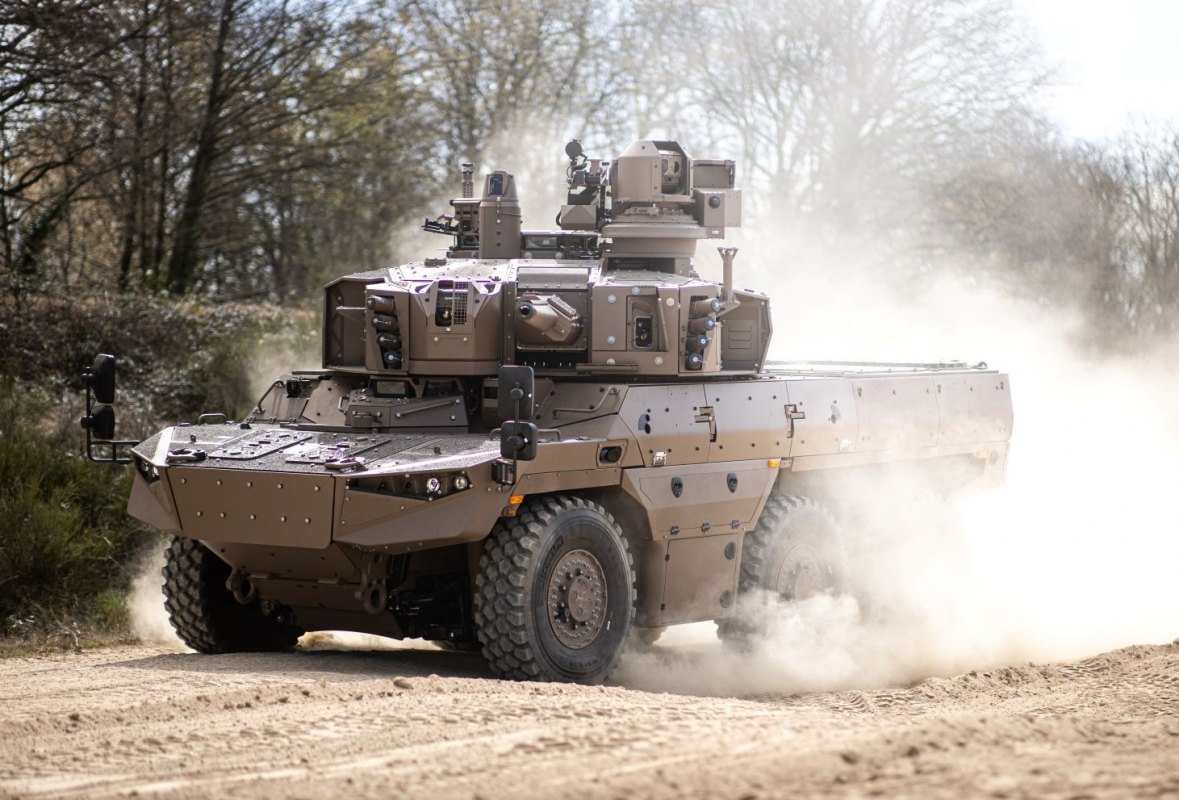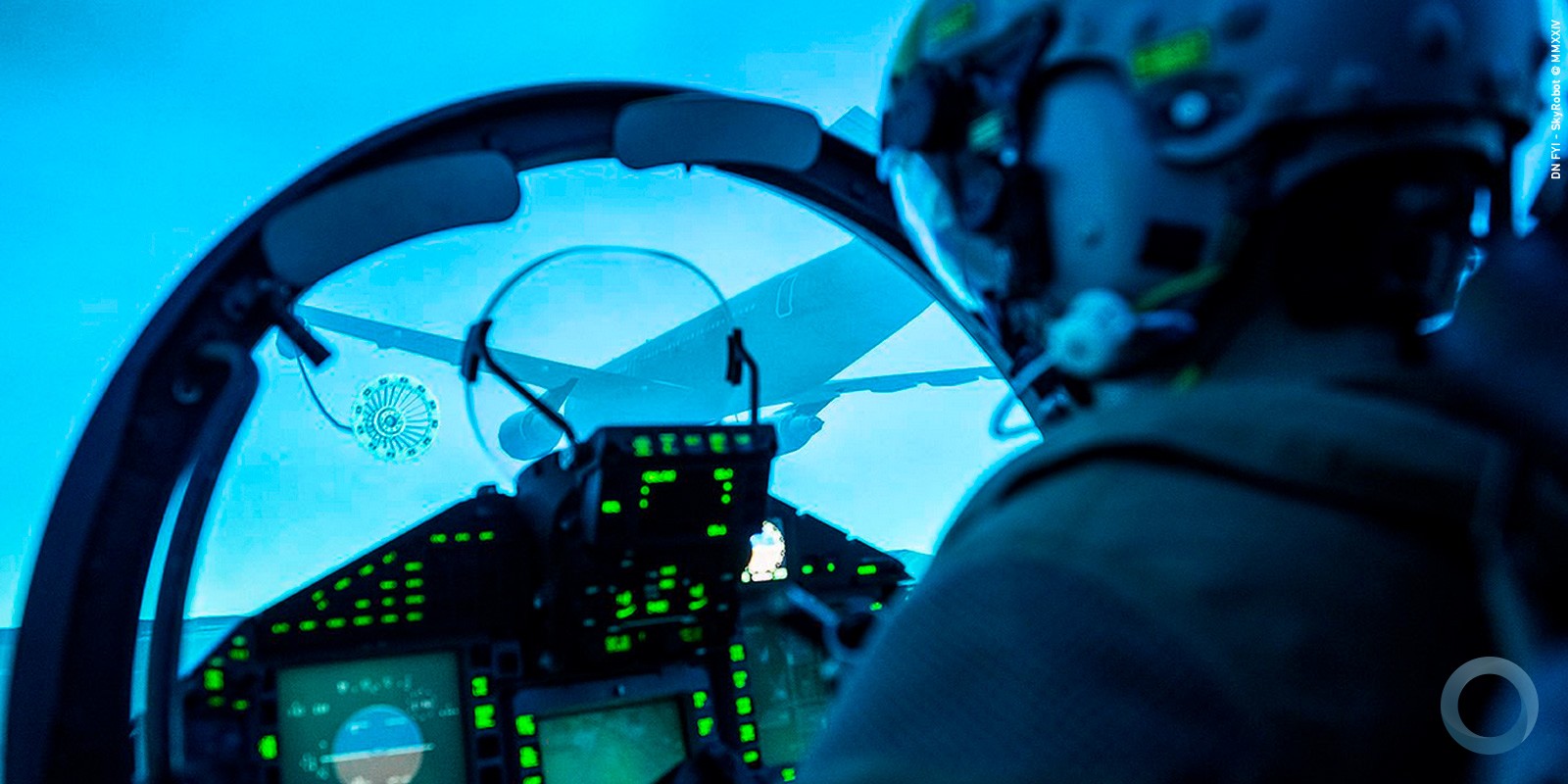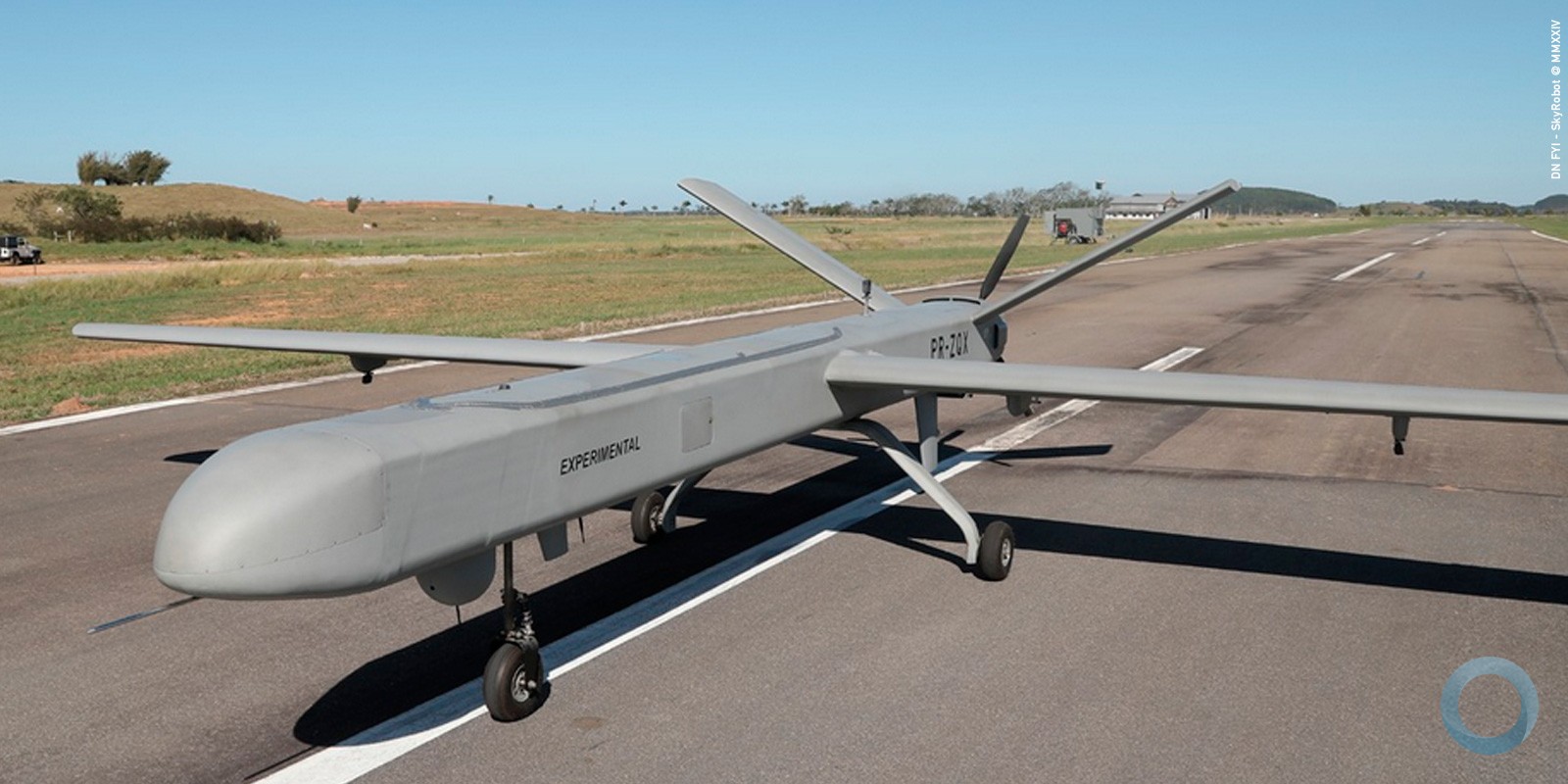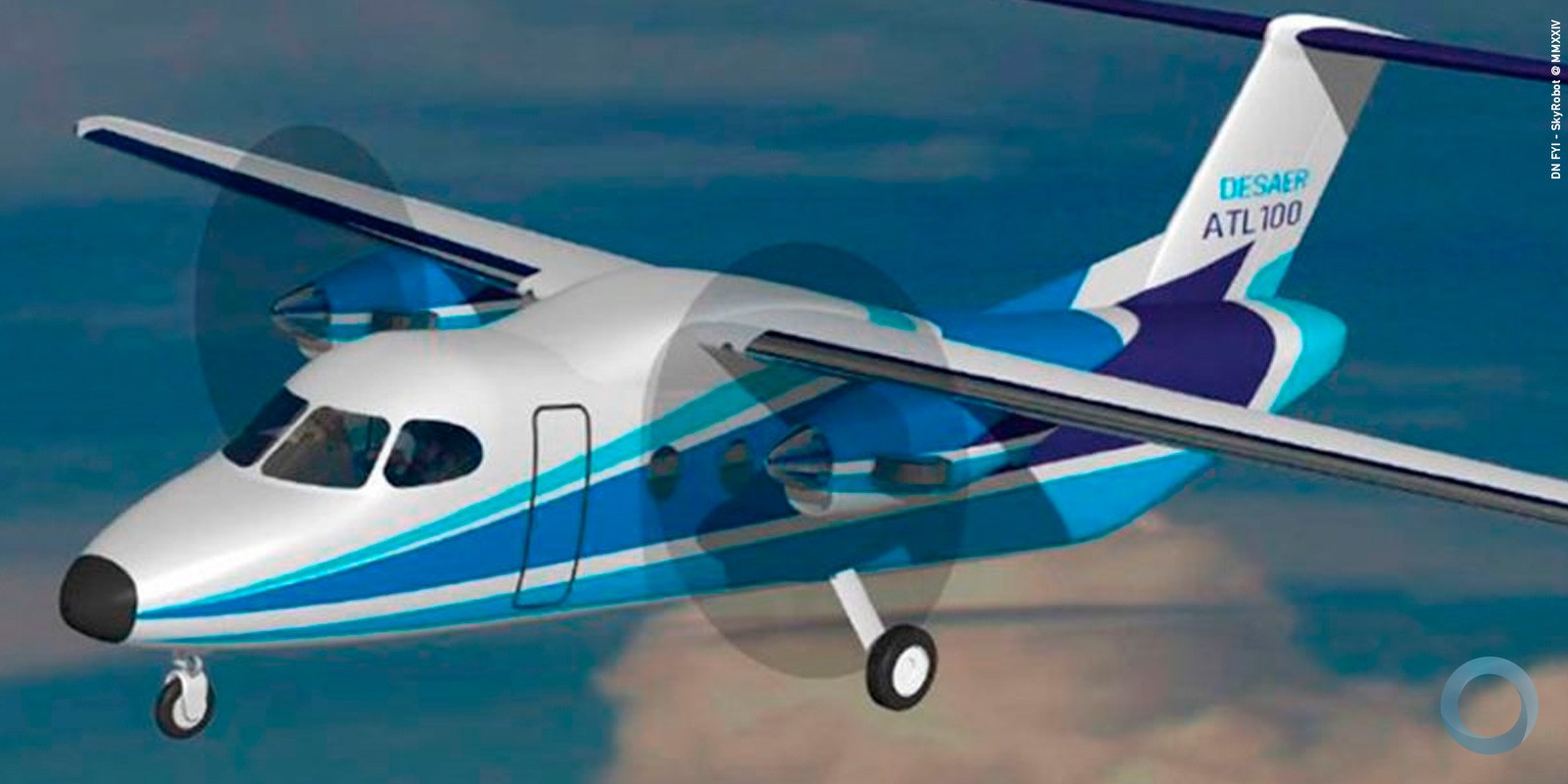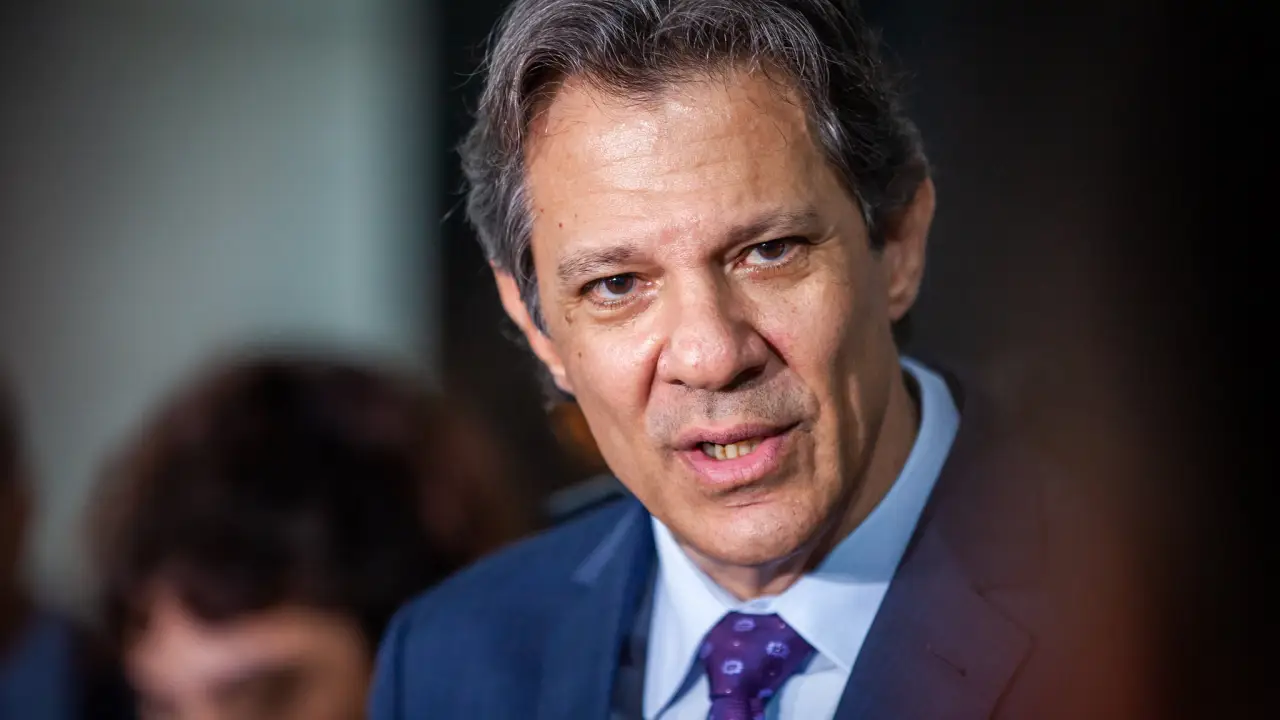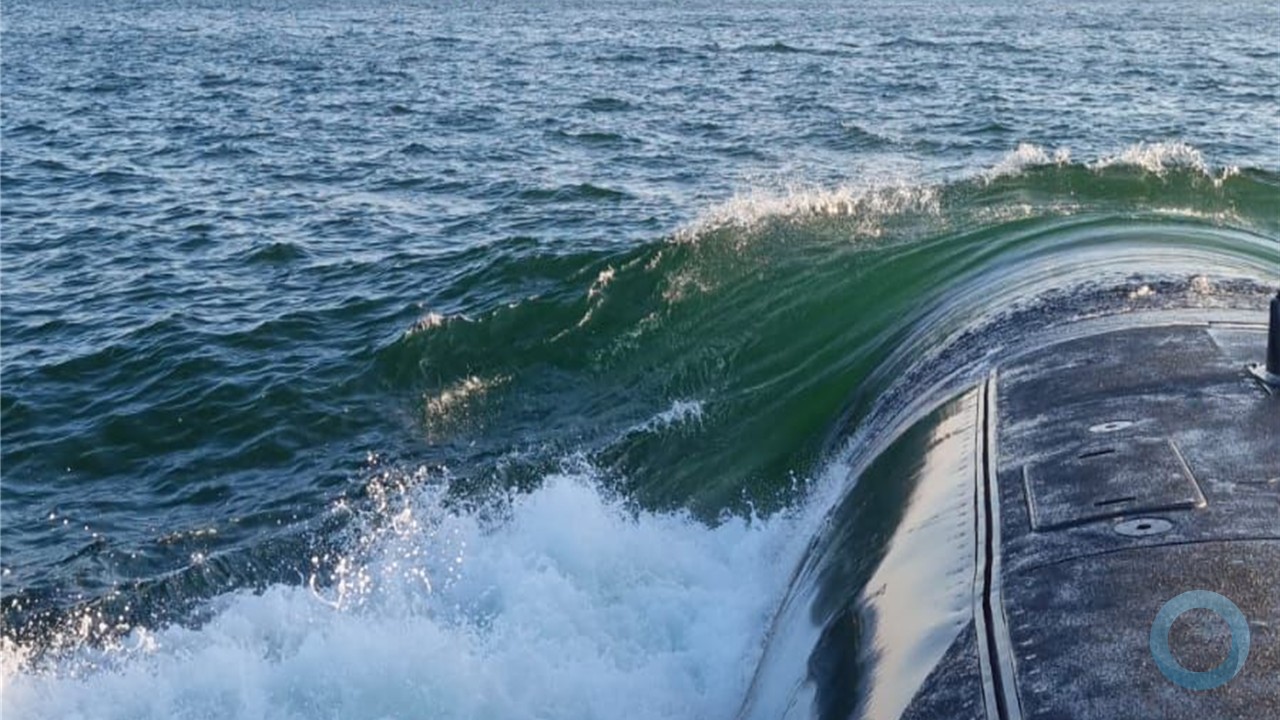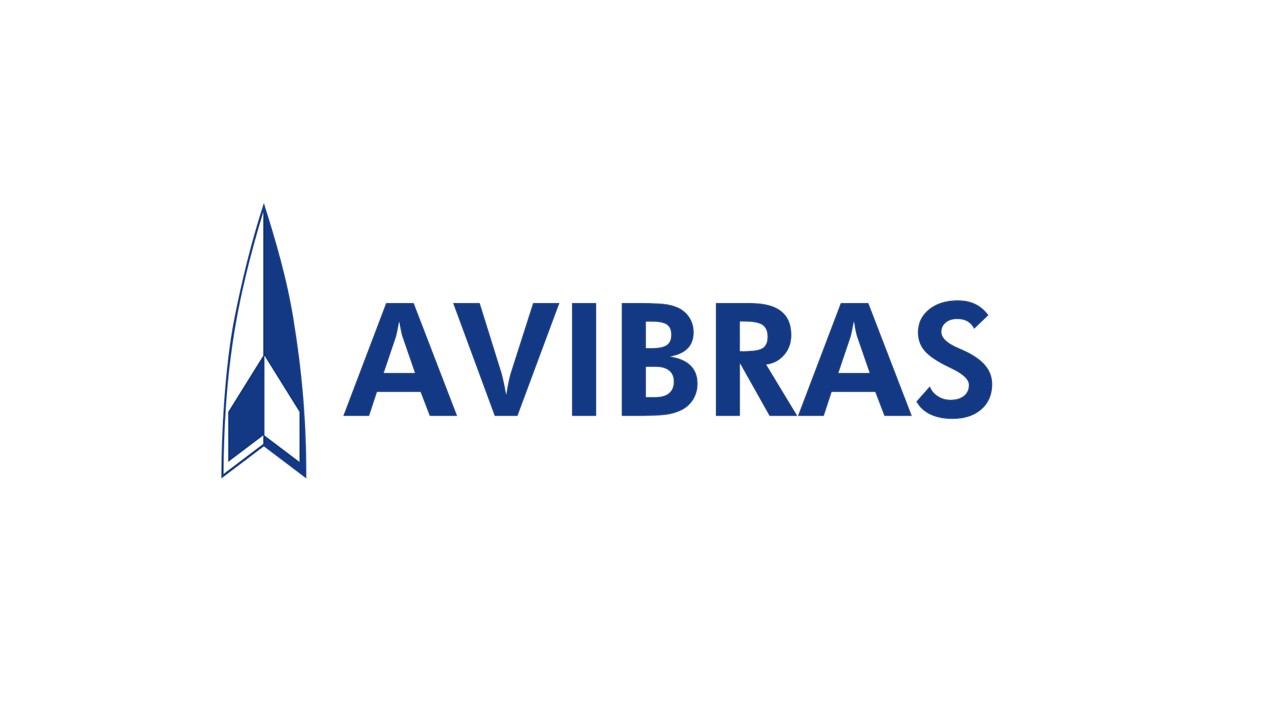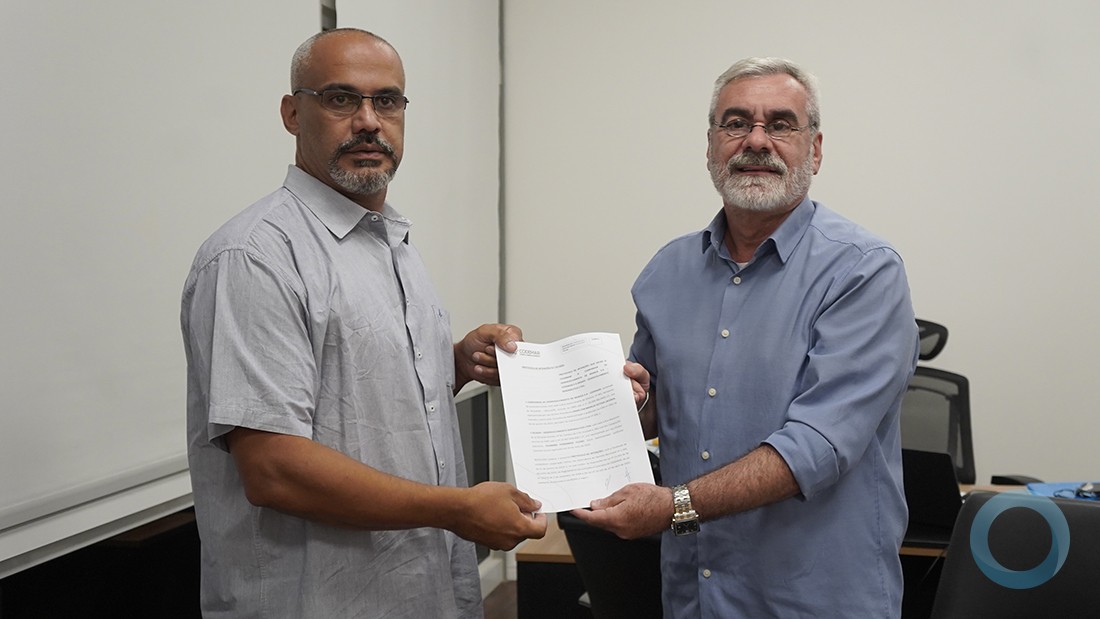By Franz-Stefan Gady
Source – The Diplomat
In July, the deputy director of Uralvagonzavod, the largest main battle tank manufacturer in the world, boasted in an interview with Ekho Moskvy radio station that its deadliest new weapon, the T-14 Armata main battle tank (MBT), is invisible to enemy radars, The Moscow Times reports.
“We essentially made the invisible tank,” Vyacheslav Khalitov said claiming that the T-14 is coated with a special radar-absorbing paint and also has its “emitters” – heat signatures that make the tank vulnerable to modern anti-armor weapons – buried deep inside the hull of the vehicle in order to reduce emissions.
However, according to American and Russian experts interviewed by IHS Jane’s Defense Weekly, the invisibility claim should be taken with a grain of salt. “These claims would have to be proven. Placing heat-generating components ‘deep inside’ in the vehicle won’t help; modern thermal technology is very sensitive and when the tank is moved, or a weapon is fired, or a person is exposed, the thermal signature will light up. Plus, no matter where the engine is, when an engine big enough to move a 40- to 50-ton tank is fired up, it will have a signature,” a retired U.S. senior military officer told Jane’s.
In addition, Russian analysts pointed out to Jane’s that “most of this kind of research in Russia has been performed with an eye towards application to aircraft – in order to reduce a signature as seen from another aircraft’s radar set or a SAM [surface-to-air missile] radar station. This technology is not optimized for protecting ground targets from air-to-surface attacks.”
“What you are trying to do in reducing a radar return for these scenarios is also very different. For airborne targets you are trying to reduce an RCS [radar cross-section] to make a lock-on more difficult. For ground targets you would be trying to make a tank indistinguishable from ground clutter. These two do not necessarily overlap in how you approach them,” one Russian specialist explained.
By 2020, Russia plans to produce 2,300 T-14 Armata models. Each tank costs about $8 million. The Russian military intends to replace 70 percent of its tank corps with the new tracked vehicle, replacing the older T-72 and T-90 main battle tanks.
There is very little we genuinely know about this new piece of Russian military hardware and it is impossible for now to truly assess the tanks capabilities. It is mostly an informed guessing game.
If the recently published analysis of the U.S. cybersecurity firm Taia Global is correct, a crucial piece of the tank’s equipment – the night vision cameras – might not even be Russian-made.






